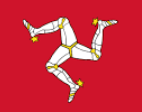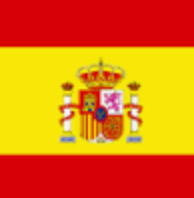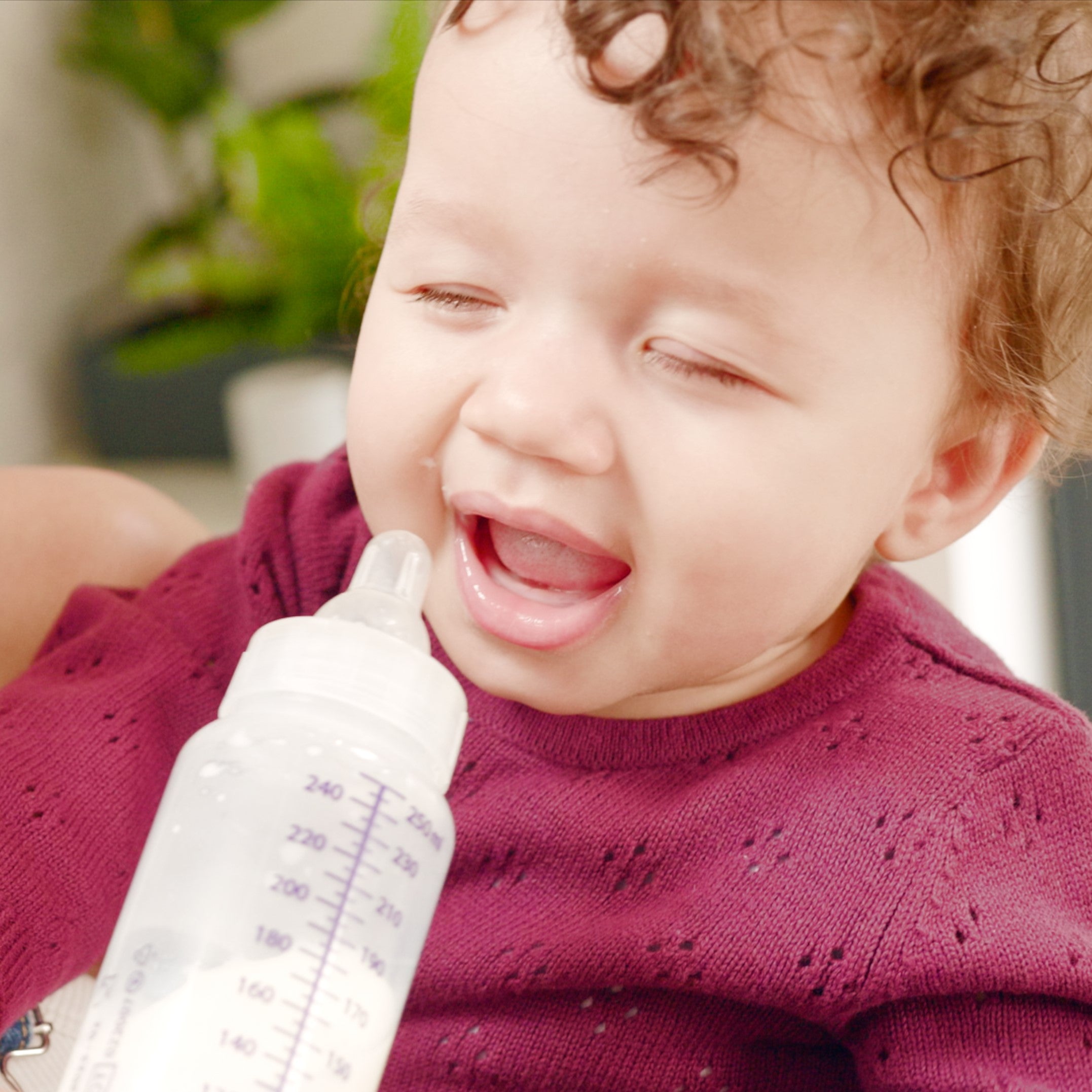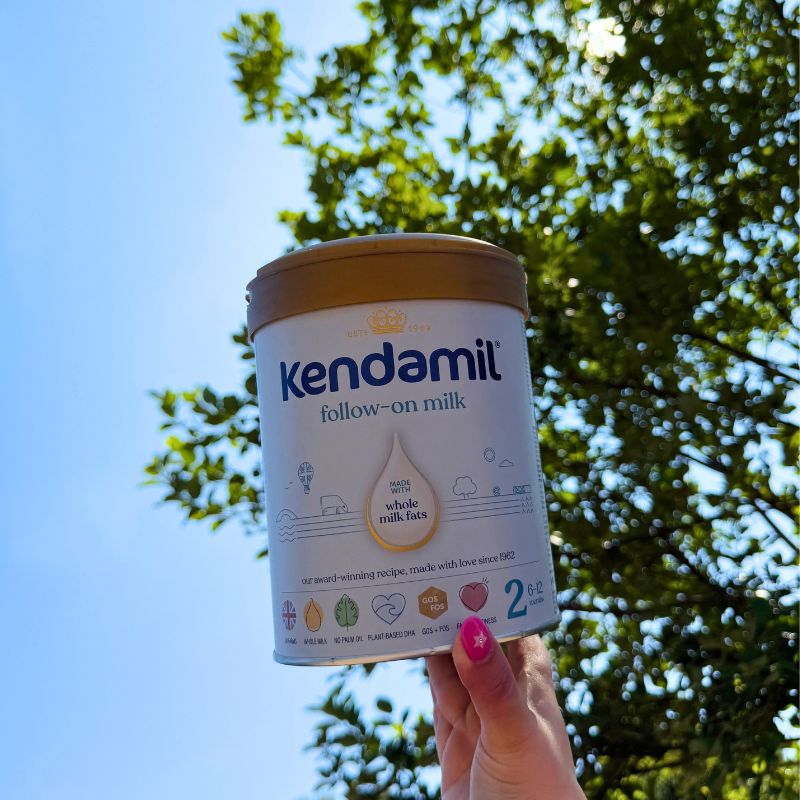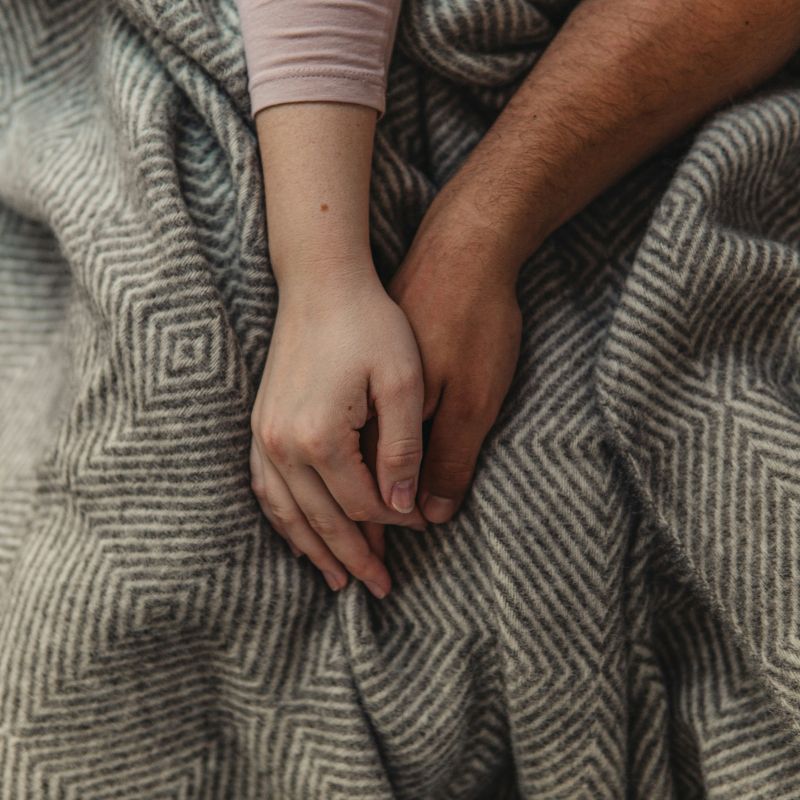If you’re bottle-feeding your baby, you’ll have likely heard your Midwife or Health Visitor mention on-demand feeding. Whilst on-demand feeding has traditionally been associated only with breastfed babies, research is now showing benefits of this style of feeding for both breast and bottle-fed infants. We asked the Kendamil Feeding Expert, Katie Hilton, to tell us more about on-demand bottle feeding.
In the past, health professionals advised parents to feed their baby at a regularly-spaced interval of 3-4 hours between feeds. However, recommendations have now shifted in favour of feeding babies on cue. There are a number of reasons for this shift in approach, but it is primarily because when we allow babies to determine the time and length of their own feeds, they are much more likely to get exactly what they need. Interfering with this process by using a strict feeding schedule doesn’t help babies to develop their own intuitions about food.
As an example, a newborn baby should be fed frequently, usually when they show signs of hunger and ideally before they start to cry. If this doesn’t occur, then a baby has a higher risk of developing dehydration and underfeeding, which can result in poor weight gain. On-demand feeding also helps prevent overfeeding and subsequent gassy symptoms and / or bringing back feeds from an overdistended stomach. While we know that all babies go through growth spurts and will experience fluctuations in their feeding requirements, feeding on-demand makes it easier for babies to increase or decrease their intake as needed.
Sticking to a rigid timetable can mean that you end up giving your baby large amounts of milk your baby should be taking. This volume will be enough until your baby starts weaning onto solid foods at the age of six months.
You can reassure yourself that your baby is getting enough milk by popping along to the baby clinic at the GP surgery to have them weighed. A baby who is getting enough milk will follow their centiles on their growth chart, have plenty of wet and dirty nappies and be generally happy and content between feeds.
You’ll soon learn to recognise your baby’s feeding cues and you’ll quickly know your baby’s hunger cry from a cuddle cry. Remember it’s easier to feed a baby before they’re crying! Up to four months of age, your baby might ‘root’, this means they will turn their head and open their mouth towards your chest when picked up, even making sucking motions, putting their hands into their mouth. When you see these signs it’s a good time to offer your baby a feed. When feeding your baby, look out for signs that they have had enough, which will include slowing down the feed, taking long pauses and falling asleep. Don’t force your baby to finish a bottle, even if there’s some left. When your baby shows signs of having had enough, it’s time to stop the feed.
You might find that your little one goes through growth spurts and has times where they are asking for extra feeds for a couple of days. Trust in your baby’s instincts and need for increased feeds and offer them on-demand as needed. They will soon settle down again.
Remember, there are proven benefits to on-demand feeding which go further than focussing on your baby’s hunger and thirst. Research has shown that babies fed on-demand in the longer term have a decreased risk of childhood obesity, type 2 diabetes and might even enjoy a cognitive advantage over their peers. All that said, it seems that the best schedule to follow when feeding your baby is no schedule at all, instead letting your little one tell you exactly when and how much they want to be fed!
If you’d like to learn more about the Kendamil range, please click here.
Important Notice: Breastfeeding is best. Kendamil Follow-on milk is only for babies over 6 months, and should be used as part of a mixed diet. Please talk to your Healthcare Professional.
